Explainer: Why is Deylaman destroyer, new addition to Iran’s navy fleet, unique?
By Press TV Staff Writer
Last week, marking the Iran Navy Day, Leader of the Islamic Revolution Ayatollah Seyyed Ali Khamenei hailed achievements made by the country's navy since the 1979 Islamic Revolution as "impressive."
"In the first years after the revolution, the presence of the Islamic Republic of Iran Navy beyond territorial waters was unimaginable, but now the Navy makes a 360-degree voyage around the globe powerfully and strongly and returns to the country with pride," he stated.
A blue-water operation was completed in May this year when two Iranian warships, the Makran forward base ship and the Dena destroyer, returned home from a 236-day and 63,000 km long circumnavigation.
"One day, it was not imaginable that the Islamic Republic of Iran Navy would be able to be present in the Caspian Sea, but now destroyers are built on the shores of the Caspian Sea and set afloat there,” Ayatollah Khamenei remarked, in the presence of top armed officials.
On the occasion, a new destroyer joined the fleet of Iran’s naval forces in the Caspian Sea.
Speaking at the ceremony, the chief of staff of Iran’s armed forces, Maj-Gen Mohammad Hossein Baqeri, said the Deylaman destroyer is “one of the most advanced destroyers” of the Iranian navy and “does not lack anything from the world’s leading destroyers.”
“The Navy showed, by being in the open and international waters and by making a historic trip around the world, and also by building the Deylaman destroyer, that countless successes can be achieved by relying on domestic potential during the period of [Western] sanctions [on Iran],” he asserted.
Press TV's @MahdiAbbasian12 reports from the Iranian city of Bandar Anzali where a new domestically-designed and manufactured destroyer, dubbed Deylaman, joined the country's northern naval fleet. pic.twitter.com/5F7tul7aoI
— Press TV (@PressTV) November 27, 2023
Iran’s top army commander Major General Abdolrahim Mousavi, navy commander Rear Admiral Shahram Irani, and many other top military officials were also present during the event.
"Undoubtedly, Iran’s maritime policy will pave the way for providing tranquility and security for the Iranian people,” Rear Admiral Irani said in his remarks.
Deylaman – new addition to Navy fleet
Deylaman is the fifth ship of the Mowj-class (Wave-class) destroyers, out of a total of seven planned. It is also known as the Jamaran-class after the first ship in the series was commissioned in 2010.
It has been designed by the Iranian navy and constructed by Iran’s Marine Industries Organization, a subsidiary of the Iranian defense ministry.
All ships of this class have a displacement of 1,500 tons and are the largest class of domestic warships, after drone carriers. Due to their function, they are classified as destroyers, although they can also be called frigates.
Ships have a length of 94 m, a beam of 11.1 m, a draft of 3.25 m, a speed of 30 knots (56 km/h), and are built in the shipyards of Bandar Abbas in the Persian Gulf and Bandar Anzali in the Caspian Sea.
They were commissioned at intervals of several years and do not have uniform capabilities because each ship represents progress compared to the previous one, including design modifications, more advanced weapons, radars, etc.
As was the case with its three predecessors, Deylaman also has multiple upgrades and is equipped with various types of domestically manufactured defense systems and equipment.
Deylaman, similar to the previous domestically-built destroyer Dena, has four engines, four shafts and four propellers, as well as bow thrusters for increased maneuverability, unlike previous models that only had two shafts and two propellers, without transversal propulsion.
Iran's homemade Moj-class destroyer, Deylaman, has joined the northern fleet of the Navy of the Islamic Republic of Iran. pic.twitter.com/YkbA9f8b0L
— Press TV (@PressTV) November 27, 2023
In terms of weapons, the Deylaman destroyer is equipped with a 76 mm Fajr-27 cannon on the bow, six 20 mm Oerlikon cannons on the bow, stern and sides of the ship, eight Qader and Qadir anti-ship missiles with a range of 300 km, and six Mark-46 torpedoes.
It is planned to install the Navvab vertical launch system and Sayyad missiles on the destroyer after some time, as it is already operational on the Shahid Soleimani warship.
The Deylaman destroyer at the back is also equipped with the Kamand (Lasso) point defense system to deal with cruise missiles, which can fire 4,000 to 7,000 rounds per minute and can engage targets from a distance of 2 km.
One notable feature that sets Deylaman apart from other destroyers of its class is its redesigned mast. Unlike its predecessors in the class, Deylaman's mast has a unique four-faced integrated design.
The mast contains the Cheshm Oqab (Eagle Eye) phased array radar with a range of 200 km and with a total of 4,000 antennas (1,000 on each of four sides), able to detect 100 targets and engage 13 targets.
This radar has the capability to detect and track surface and aerial targets, including aircraft, drones, helicopters, surface vessels, and surface-to-surface and surface-to-air missiles.
Above the Eagle Eye system is the Mersad system for electronic intelligence, and the destroyer also uses the Chaf Joshan self-defense system to deal with radar-guided missiles.
Compared to its predecessors, the Deylaman destroyer also features a helicopter pad with increased surface area. Until now, this Mowj-class warship only had the ability to carry Bell 212 helicopters, but Deylaman can carry the Sikorsky SH-3 Sea King.
At least 19 Gazans killed by Israeli airstrikes since dawn: Medics
Leader: Iran has no proxy forces in West Asia
US fighter aircraft shot down ‘in friendly fire’ amid aggression on Yemen
Yemeni FM: Israel’s sponsors accountable for ongoing aggression on Sana’a
Eight Palestinians killed as Israel attacks Gaza school, hospitals
VIDEO | Rome, Milan host new protests in solidarity with Palestinians
Dec. 21: ‘Axis of Resistance’ operations against Israeli occupation
Spain jurists demand ties with Israel ties be cut


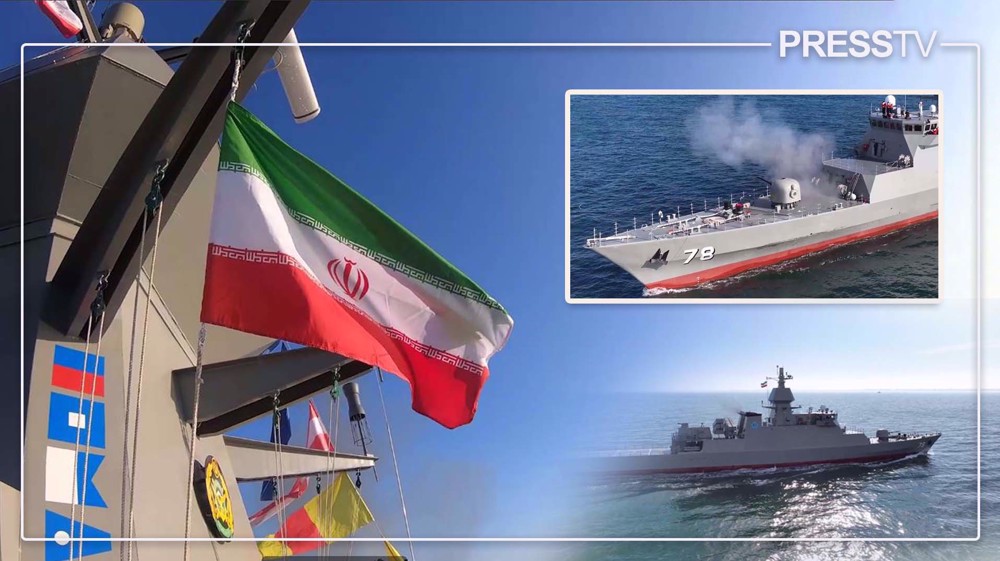


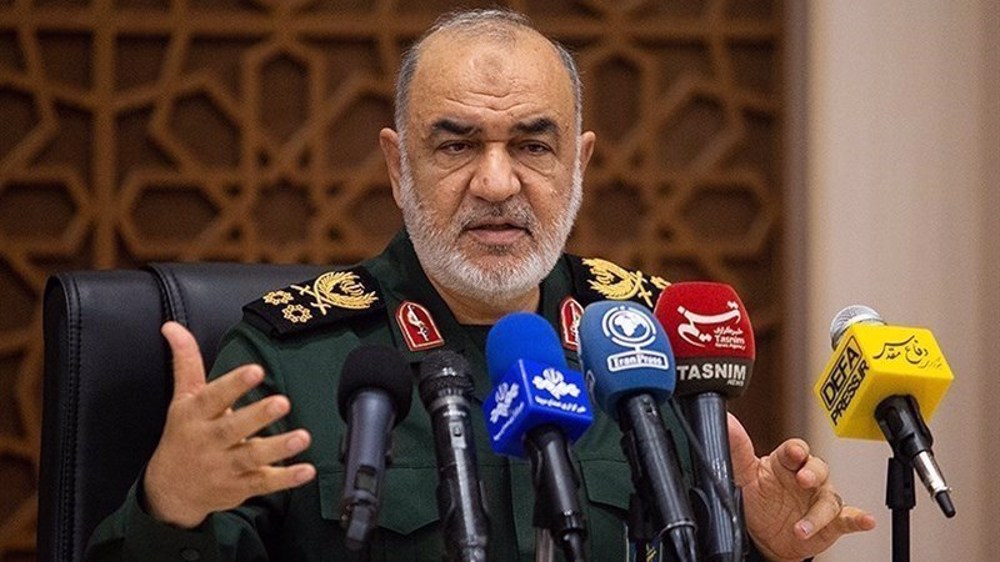



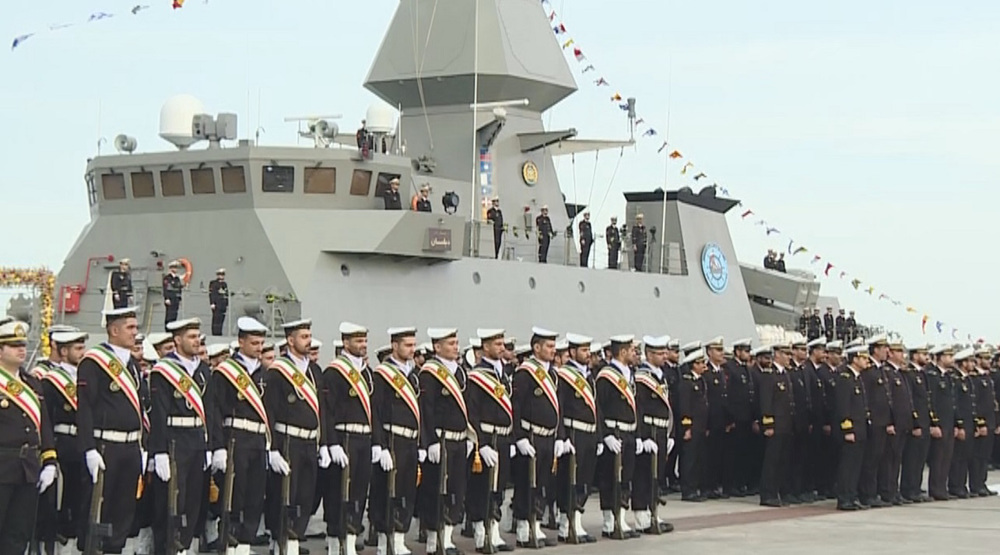
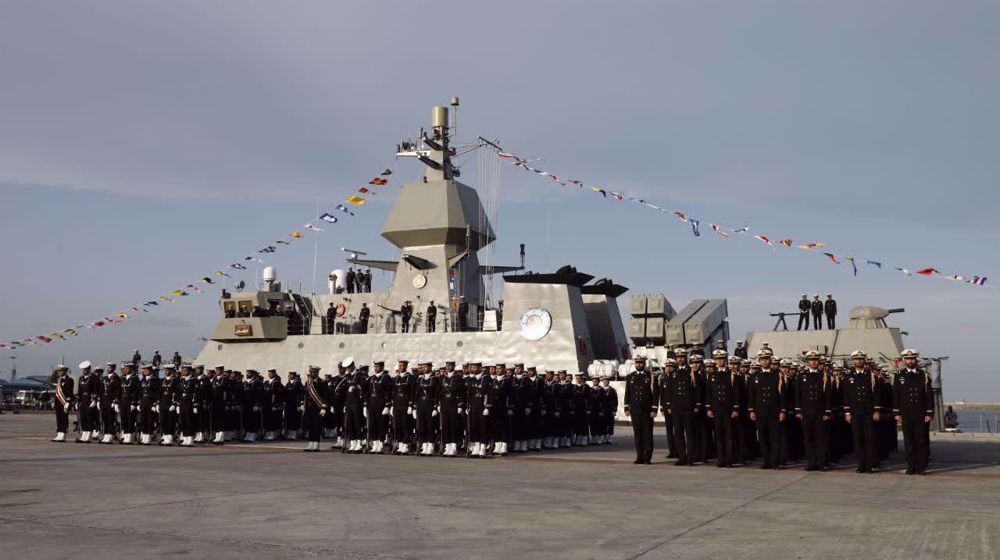
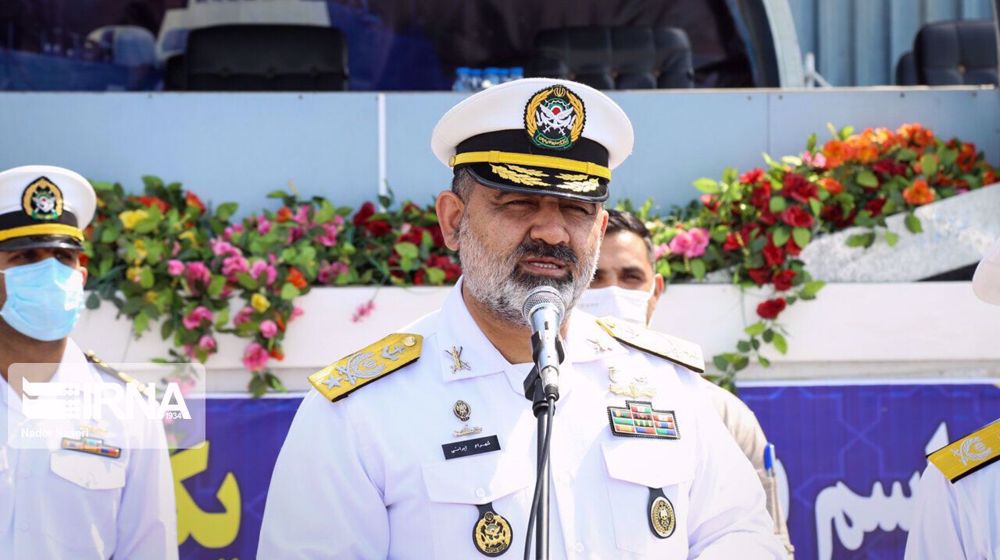
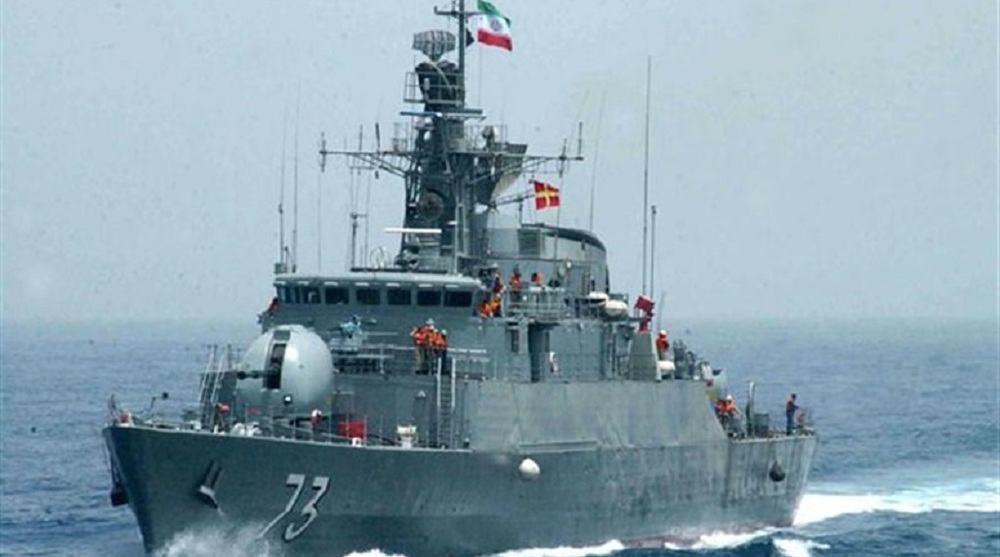
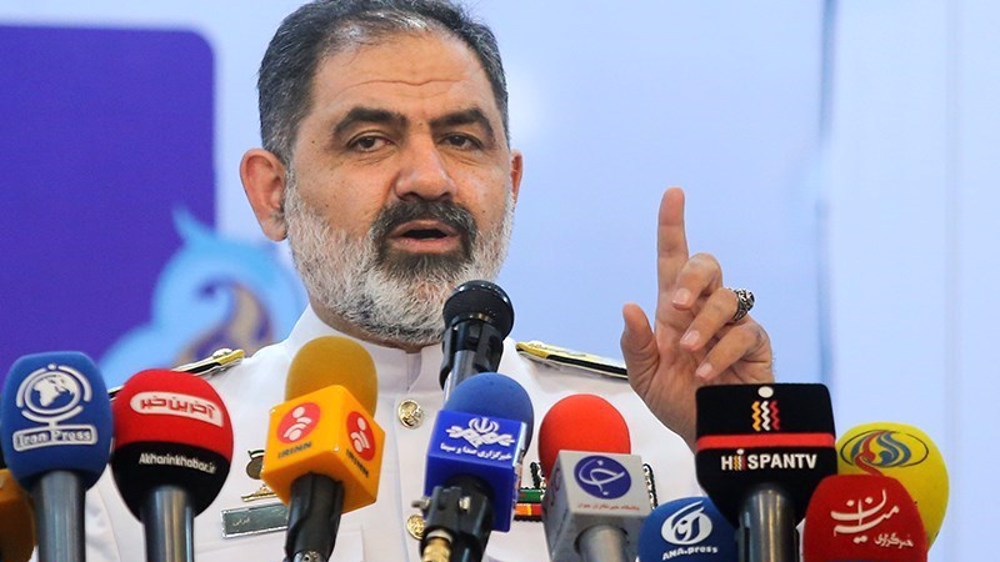

 This makes it easy to access the Press TV website
This makes it easy to access the Press TV website